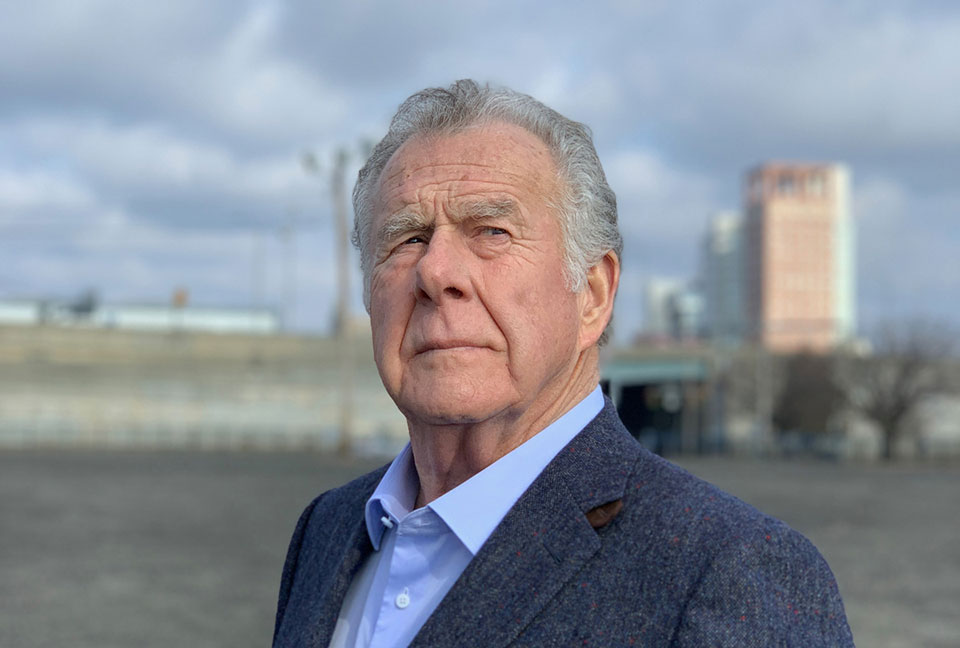NON-LINEAR THINKING

We know that critical thinking provides us with the tools to analyze information so that we can harness the greatest amount of knowledge – and thus give ourselves the best chances of making smart decisions. For instance, before we go to polls and elect our political leaders, we should be able to analyze the information they’ve given us in their campaigns (as well as unintentional cues they’ve given us through their behavior) and make critical decisions about whom to elect.
It is equally important to use critical thinking to make sound business and career decisions. But exactly how do we approach thinking itself?
There are two kinds of thought: linear and non-linear. Using linear, or vertical, thinking means solving a problem in a step-by-step fashion by arranging the premises in a straight line. That’s what we learn in debate team. That’s also a safe and comfortable approach… one that many of us take simply because we resist leaving our comfort zone. Why? Primarily because of laziness; staying in our comfort zone is safe and easy. But it is not necessarily the smartest place to be.
Then there’s non-linear, or lateral, thinking. Some people call it brainstorming, or thinking creatively. It is characterized by expansion in multiple directions rather than in a straight line. The concept has multiple starting points from which we can apply logic to a problem. It requires jumping forward as well as side to side, to see the bigger picture of a problem or issue.
Non-linear thinking requires stepping out of our comfort zones and seeing information or circumstances from a different perspective and “making the invisible visible.”
Please don’t make the mistake of confusing non-linear thinking with fragmented thinking… that is a disorder in which people suffer from the inability to string thoughts together cohesively. It is considered a disability. Non-linear thinking is not that.
Instead, imagine a board meeting where everyone brainstorms about a project – throws out unrelated ideas – and these become the building blocks for new perspectives.
The opposite approach is how athletes spend time “getting in the zone.” That is, they retreat to an area set apart in some way. It could be physically set apart, like the bottom of the slalom course, the locker room, or the top of the bleachers. Then it becomes a mental “set apart” exercise by tuning out distractions to focus thoughts, or perhaps repeating a mantra. How will the game look? How will the athlete approach the course? What will she or he contribute to the team? Each step is planned out. This is classic linear thinking.
In non-linear thinking we must get out of a set zone and stretch our thoughts. This is done by listening to what is being said. By keeping an open mind. By taking the time to acquire and study the necessary information. And especially, by not jumping to conclusions.
Instead, we should use logic to gather the necessary facts to come to a conclusion. This is the process scientists, governors, business owners, the president, and we should use, for instance, to navigate where our businesses are with COVID-19 and determine how to keep moving forward.
Moving forward is change.
If we don’t expect and initiate change, we risk getting left behind. Like the bumper sticker says: Be the Change You Wish to See. If we don’t change within our organization, we will be left behind. It takes a lot of energy to maintain the status quo, like a duck paddling furiously to resist the current. But change is necessary.
Embracing change as a regular practice is especially valuable for business leaders: we should look at the missions of our organizations, not only to give a return to shareholders, but also to affect and impact millions of people on a daily basis in a positive way. Business leaders (and political leaders) must embrace critical thinking and change to accomplish this… and to avoid becoming obsolete.
In my military training, I was taught to pivot, to spin on a dime, to “escape and adapt,” since there is no such thing as a perfect set of circumstances. Similarly, the species that is capable of adapting well is the species that survives.
The trick to successful lateral thinking is keeping it controlled, finding direction within the offshoots, and not becoming overwhelmed by options. It can be achieved through practice.
As we forge ahead in the process of opening up our economy after quarantine, decide what vaccination protocols we’ll demand in our organizations, and continue to look to our state and national leaders for guidance, we must think carefully… and critically.
CRITICAL THINKING SERIES: In this brand-new series of columns, CEO and bestselling author Dr. Jim White presents a look at how critical thinking can lead directly to achieving greater success in the business world and beyond. Part One introduces the components of critical thought.
Bring the best of the CEOWORLD magazine's global journalism to audiences in the United States and around the world. - Add CEOWORLD magazine to your Google News feed.
Follow CEOWORLD magazine headlines on: Google News, LinkedIn, Twitter, and Facebook.
Copyright 2025 The CEOWORLD magazine. All rights reserved. This material (and any extract from it) must not be copied, redistributed or placed on any website, without CEOWORLD magazine' prior written consent. For media queries, please contact: info@ceoworld.biz








